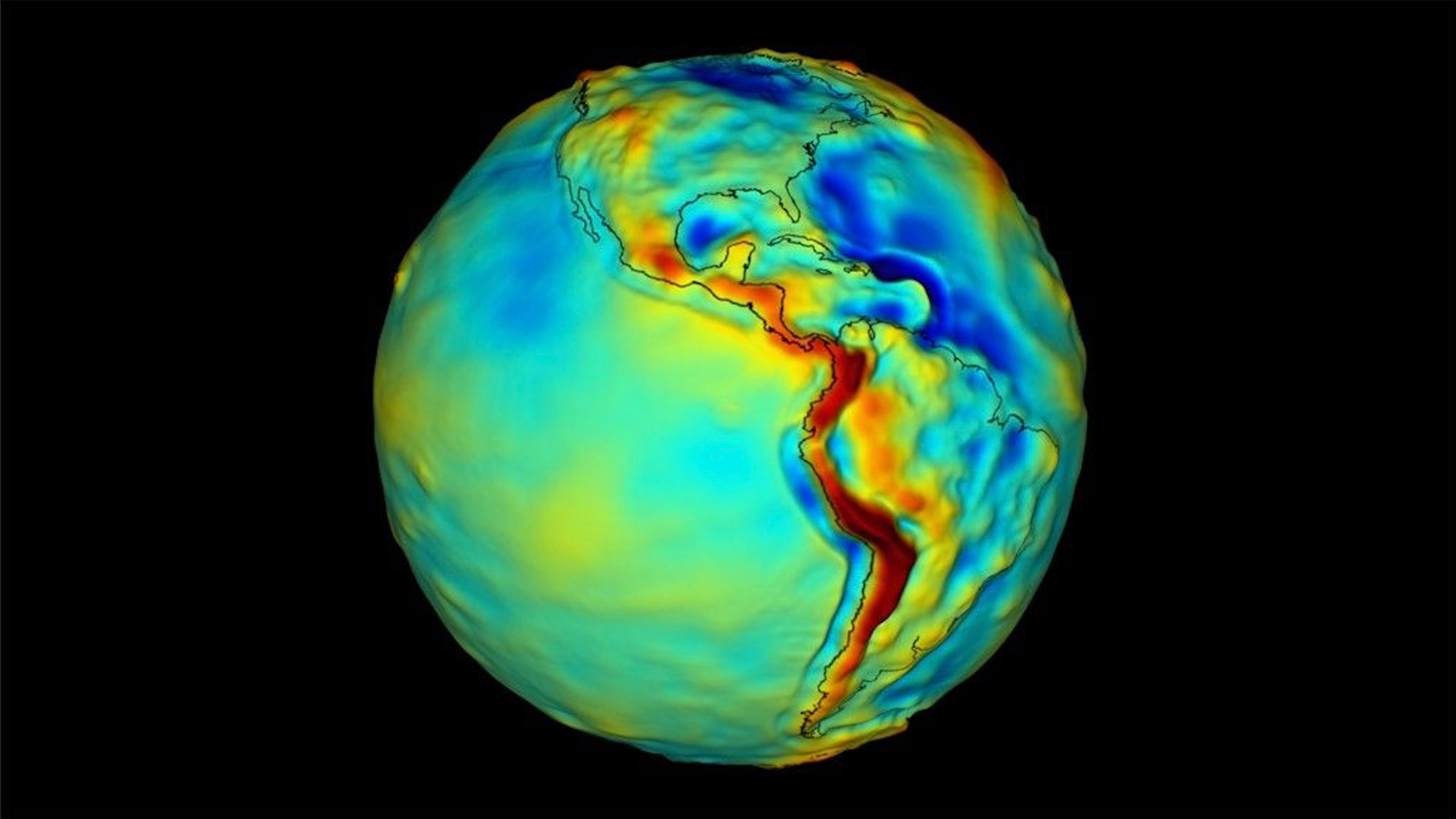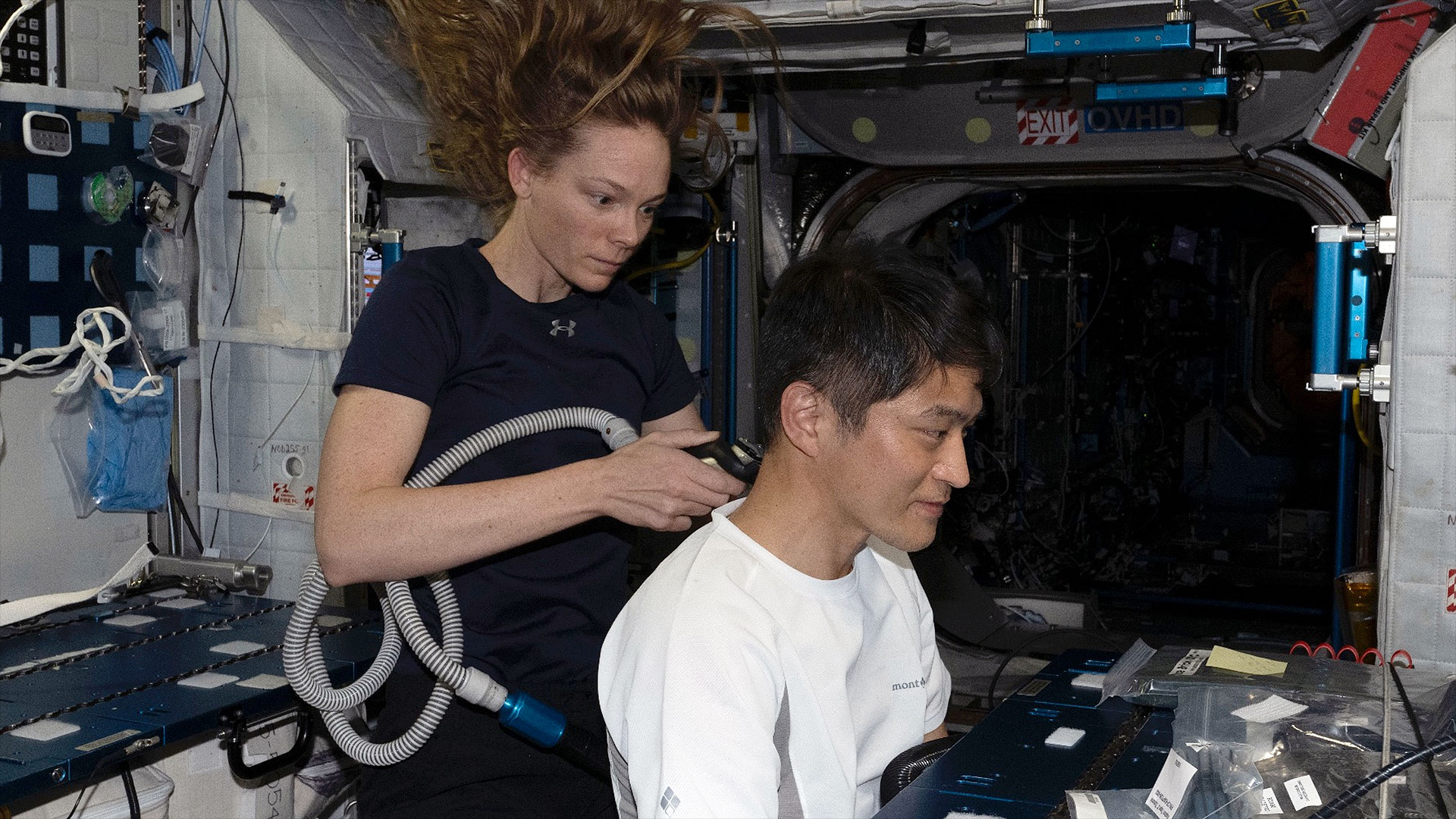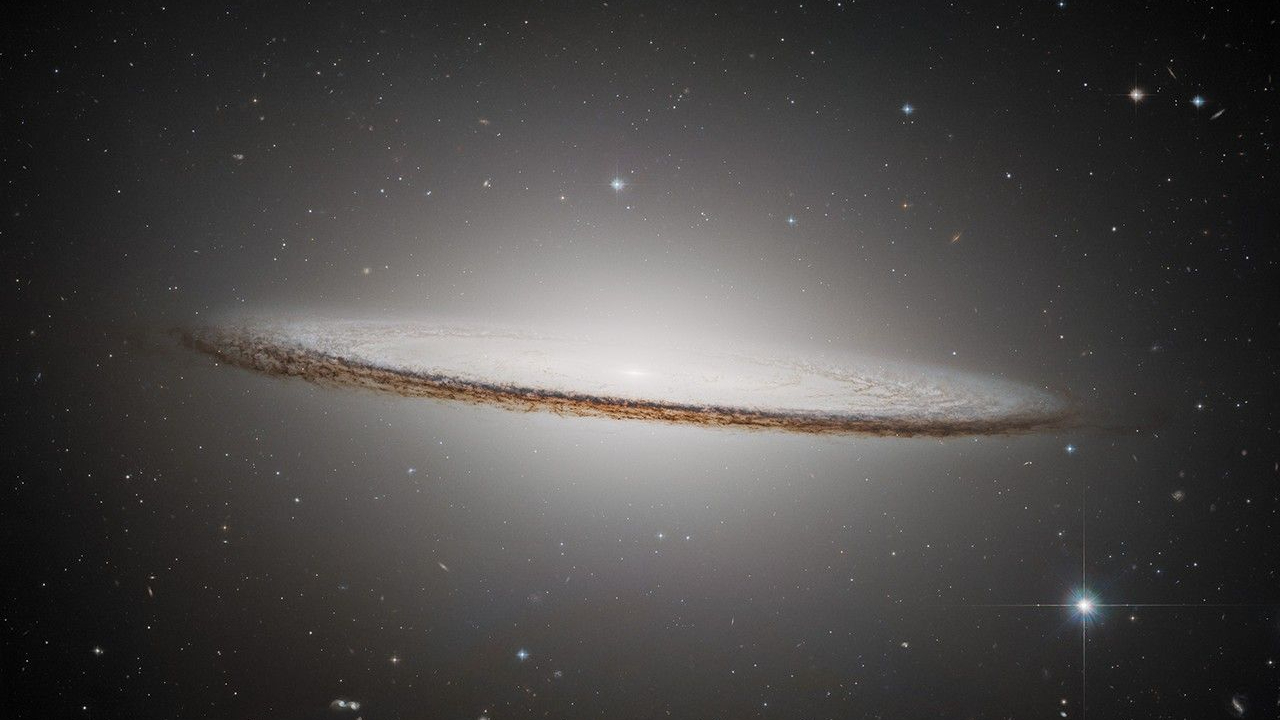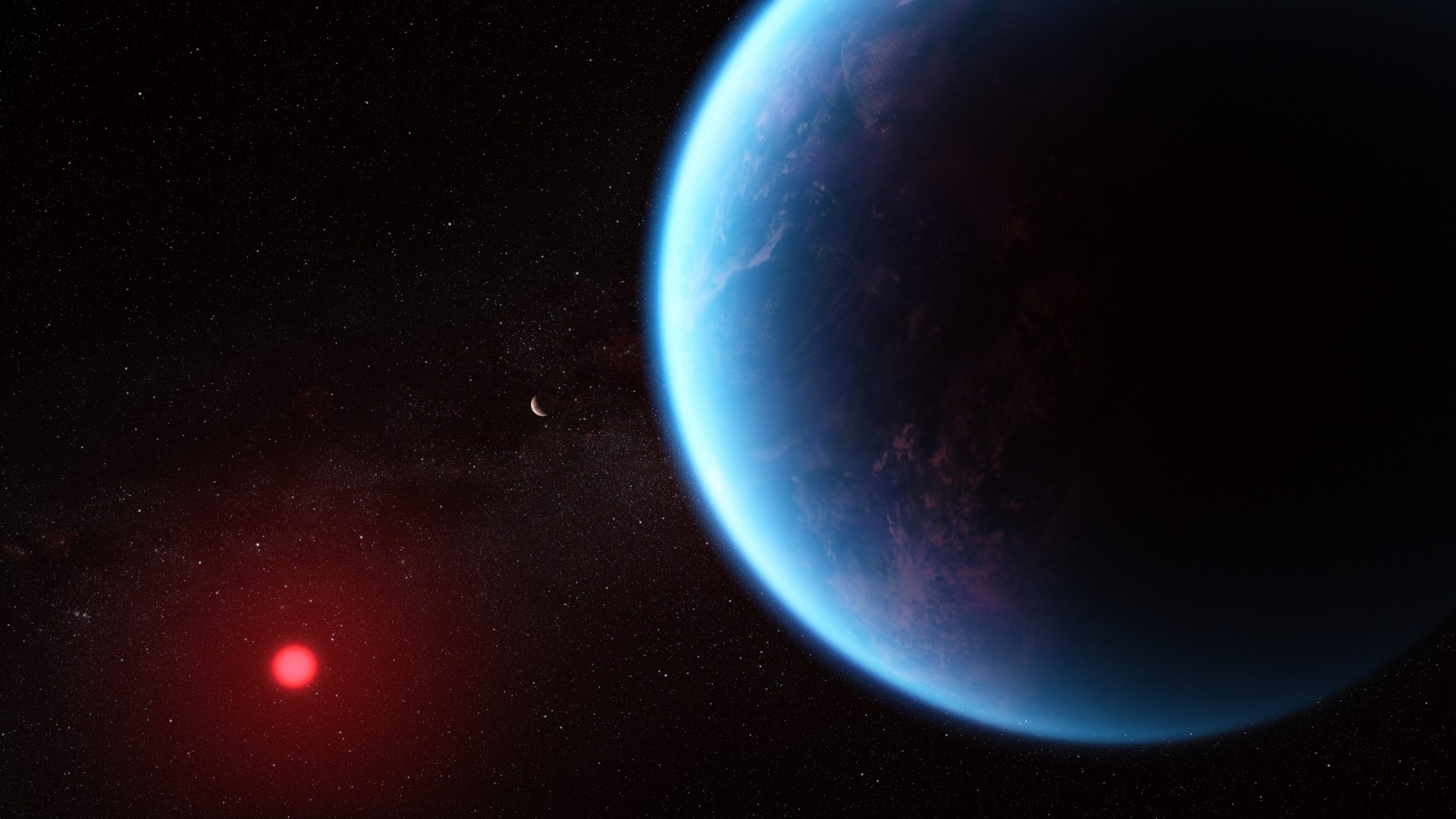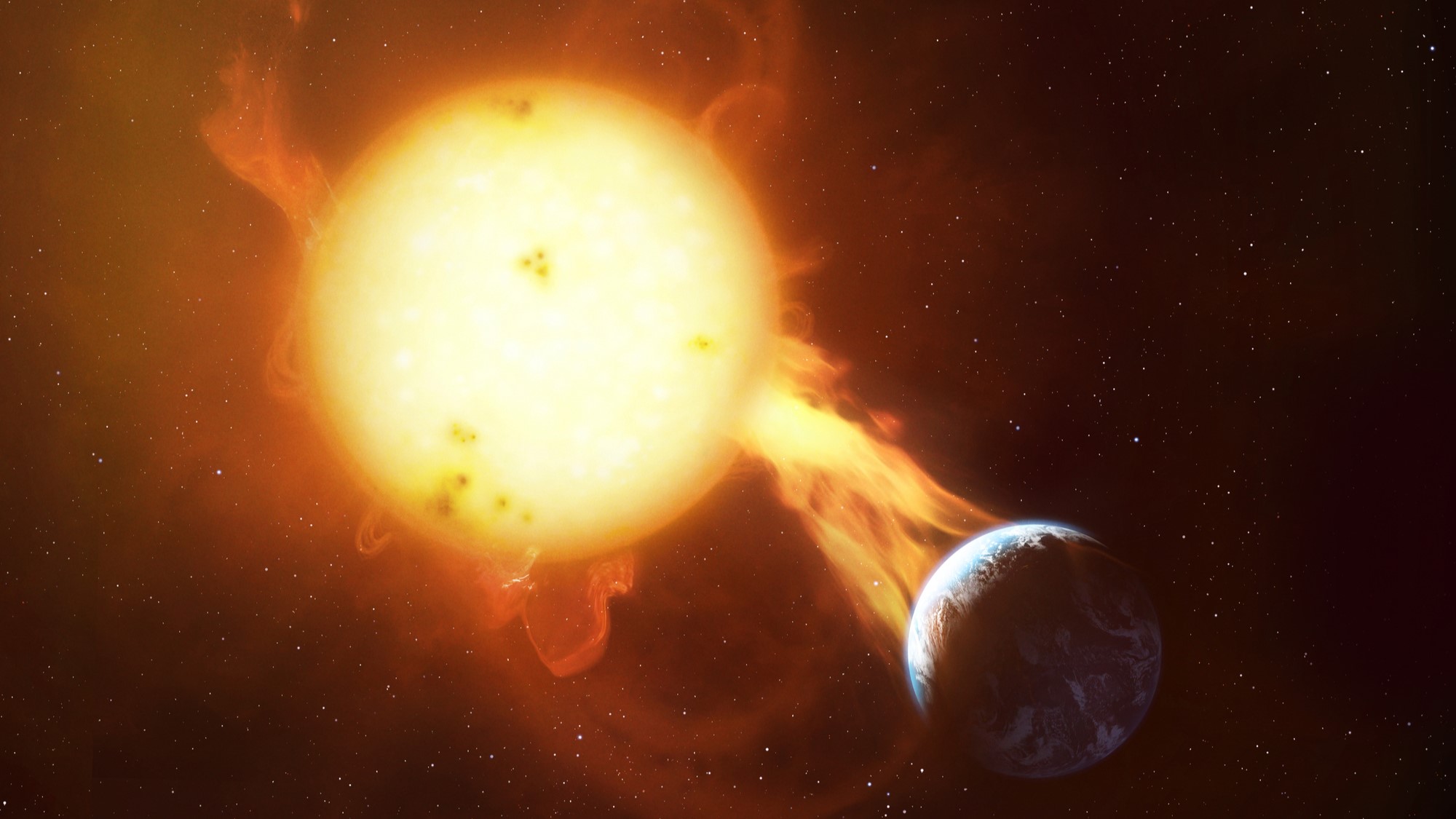Can the moon help preserve Earth's endangered species?
A lunar biorepository would use the moon's cold temperatures to keep cryopreserved samples frozen.
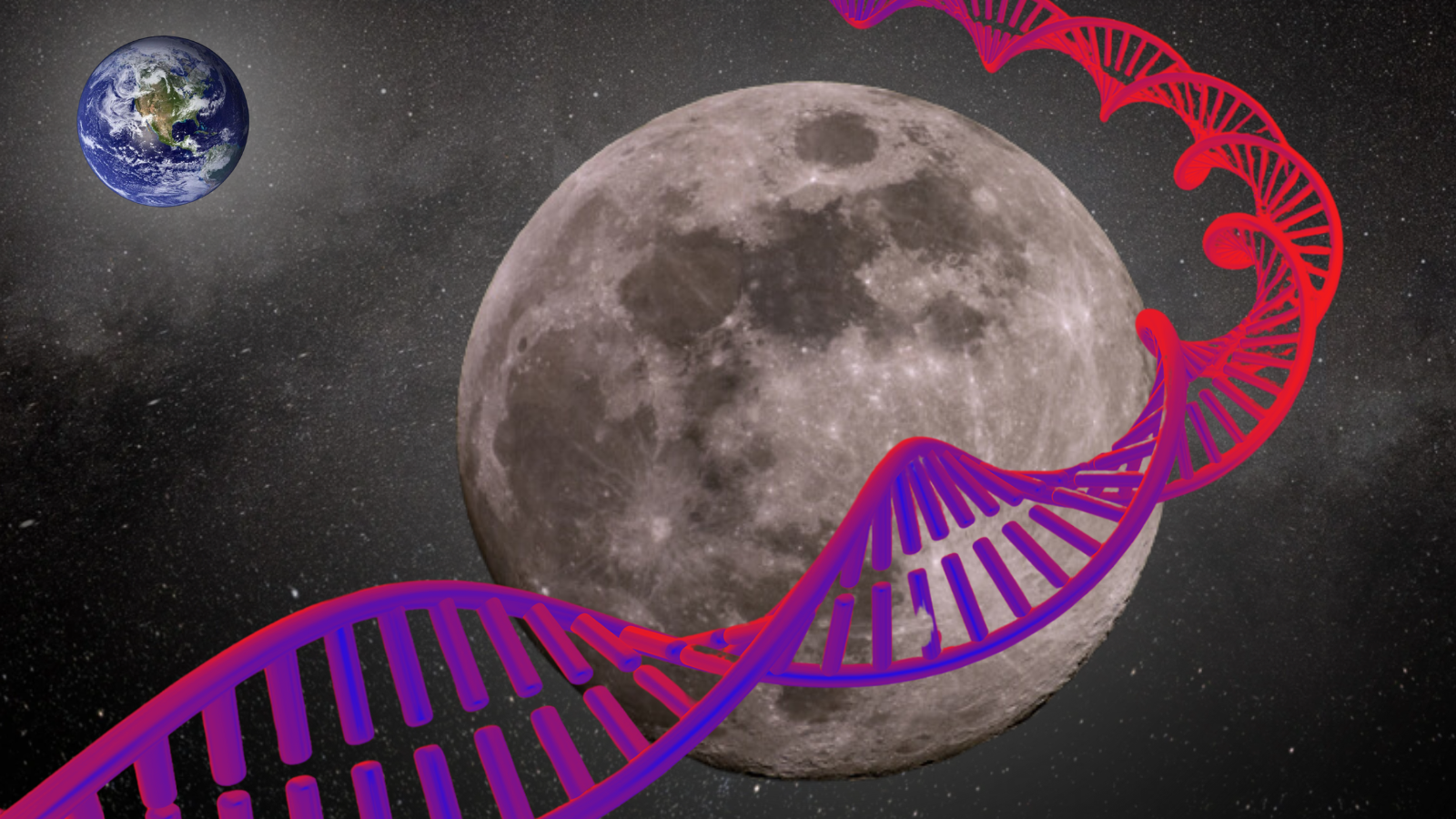
Could the moon soon be home to frozen biological samples of Earth's endangered creatures? New research suggests scientists could use naturally occurring lunar cold spots, some of which haven't seen sunlight for billions of years, to do just this.
Recent studies have shown that as many as 8 million species exist on Earth, and over 1 million of these are under threat of extinction. Worryingly, this estimate could be the tip of the iceberg, as there could be many species that could become extinct before they have even been identified.
A new concept devised by a team of scientists led by Mary Hagedorn of the Smithsonian's National Zoo and Conservation Biology Institute shares the benefits and challenges of creating a biorepository on the moon. This cool repository of cellular material would ultimately preserve animal skin samples with fibrous cellular material that supports and connects other tissues or organs, called fibroblast cells, from the world's endangered species.
This potential lunar biorepository would use a process called "cryopreservation," which means essentially deep freezing cellular material and inducing a sort of suspended animation using the naturally occurring environment of the moon.
"Because of myriad anthropogenic drivers, a high proportion of species and ecosystems face destabilization and extinction threats that are accelerating faster than our ability to save these species in their natural environment," Hagedorn and collaborators wrote in an article published on Wednesday (July 31) in the journal BioScience.
Why choose the moon?
If we can't save the species outright, we can at least save some samples through cryopreservation — which could potentially be used for cloning. We do already have the ability to cryopreserve biological samples here on Earth, but storage has proved to be challenging.
That's because, on Earth, there are no naturally occurring places cold enough for passive cryopreservation storage, so we must rely on technology (and money) to keep samples frozen. In the moon's polar regions, however, there are permanently shadowed areas like the bottoms of craters that haven't seen sunlight since for over two billion years.
Get the Space.com Newsletter
Breaking space news, the latest updates on rocket launches, skywatching events and more!
In these regions, temperatures typically stay below minus 321 degrees Fahrenheit (minus 196 degrees Celsius). As such, Hagedorn and colleagues propose using those cold temperatures on the moon to passively chill long-term cryopreservation storage facilities.
Of course, there are quite a few logistical hurdles to overcome with a lunar biorepository project, which the team anticipates to take decades to bring to fruition.
Not only do the samples need to be packaged appropriately for space transport, but they'll also have to be stored in a manner that protects them from elevated radiation levels on the moon. And on top of that, there's the matter of obtaining international cooperation and funding. Still, the team is hopeful that a lunar biorepository is possible.
In fact, Hagedorn and colleagues have already started research using the starry goby (Asterropteryx semipunctata), a carnivorous blue-speckled fish, to develop protocols for the project.
Only time will tell if the project will sink or swim.
Join our Space Forums to keep talking space on the latest missions, night sky and more! And if you have a news tip, correction or comment, let us know at: community@space.com.

Space.com contributing writer Stefanie Waldek is a self-taught space nerd and aviation geek who is passionate about all things spaceflight and astronomy. With a background in travel and design journalism, as well as a Bachelor of Arts degree from New York University, she specializes in the budding space tourism industry and Earth-based astrotourism. In her free time, you can find her watching rocket launches or looking up at the stars, wondering what is out there. Learn more about her work at www.stefaniewaldek.com.
